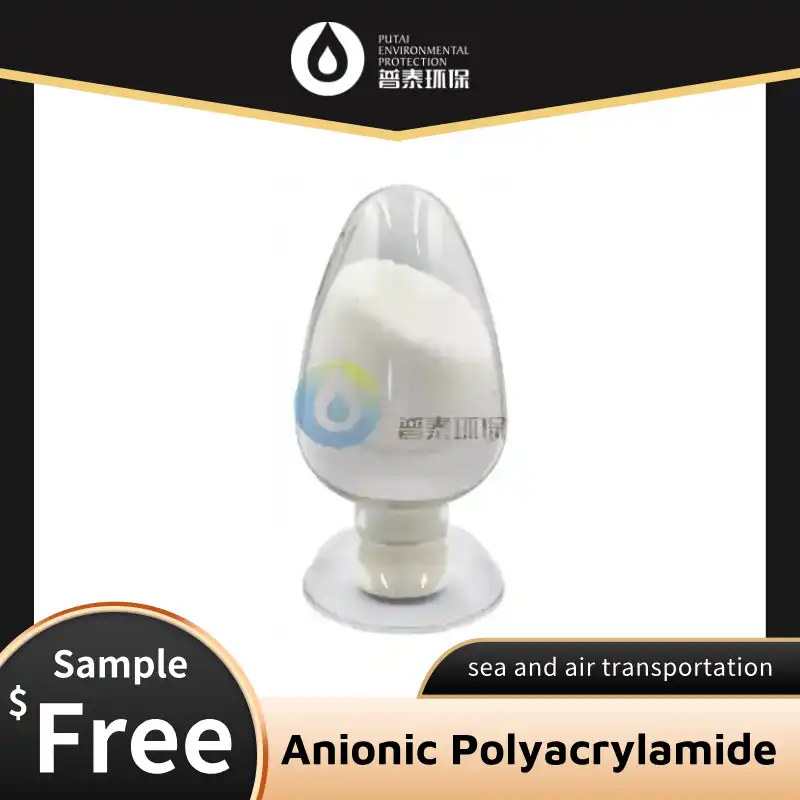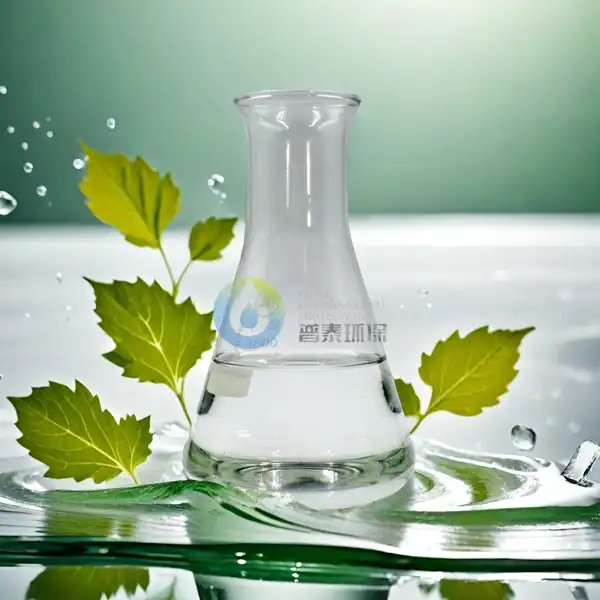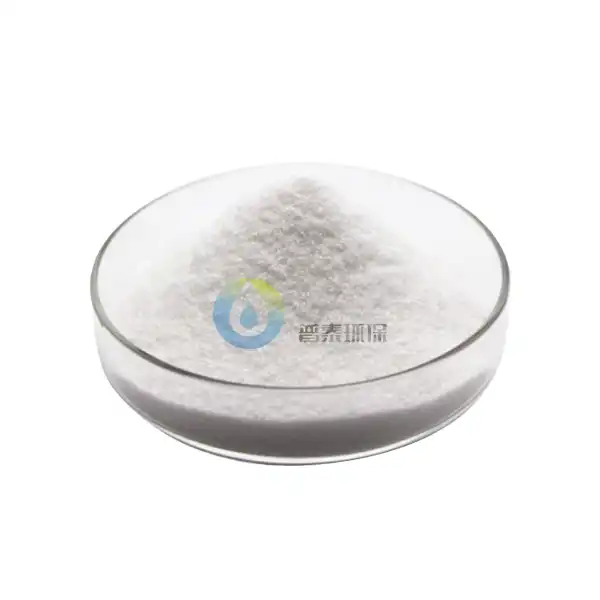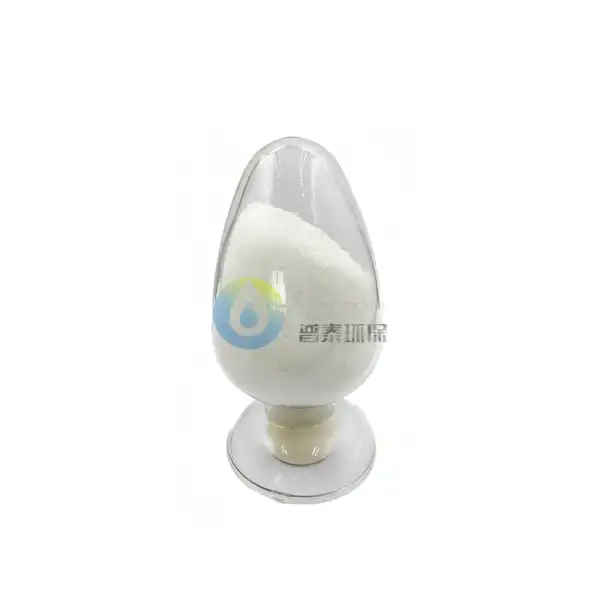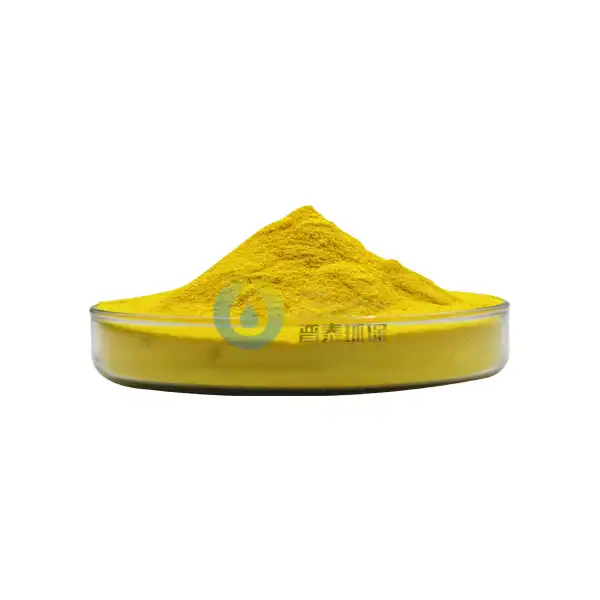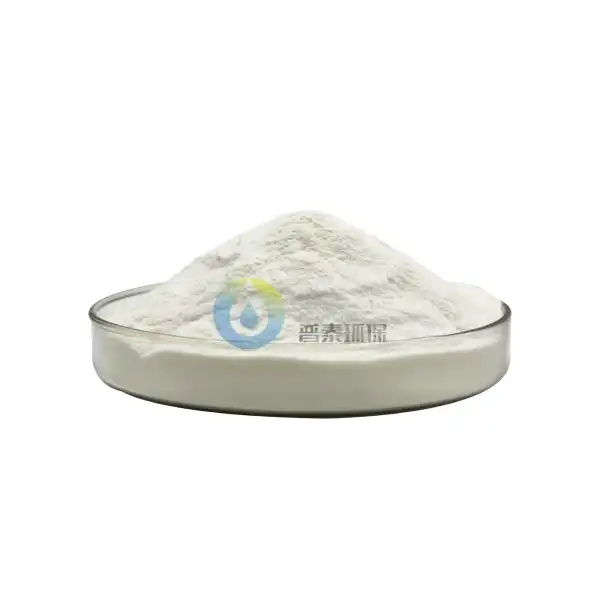What are the main applications of Liquid Poly Aluminium Chloride in industry?
Liquid Poly Aluminium Chloride (PAC) is a versatile chemical compound that has found widespread use across various industries due to its exceptional properties and effectiveness in water treatment processes. This blog post will explore the main applications of Liquid PAC in industry, highlighting its importance in water purification, wastewater treatment, and other industrial processes. By understanding the diverse uses of this compound, we can appreciate its significance in maintaining environmental standards and improving industrial efficiency.
How does Liquid Poly Aluminium Chloride function in water treatment processes?
Coagulation and flocculation in drinking water treatment
Liquid Poly Aluminium Chloride plays a crucial role in the coagulation and flocculation stages of drinking water treatment. When added to raw water, PAC neutralizes the negative charges of suspended particles, causing them to destabilize and come together to form larger, more easily removable flocs. This process effectively removes turbidity, color, and organic matter from the water. The unique molecular structure of Liquid PAC allows it to perform efficiently across a wide range of pH levels and temperatures, making it a preferred choice for many water treatment plants. Moreover, PAC's ability to produce compact, fast-settling flocs results in reduced sludge volume and improved overall treatment efficiency.
Removal of heavy metals and other contaminants
Another significant application of Liquid Poly Aluminium Chloride in water treatment is its capacity to remove heavy metals and other harmful contaminants. When introduced into the water, PAC forms positively charged aluminium hydroxide complexes that attract and bind to negatively charged pollutants such as arsenic, lead, and mercury. This process, known as adsorption, effectively removes these contaminants from the water, making it safer for consumption or discharge into the environment. The high charge density of PAC allows it to outperform traditional coagulants in removing specific contaminants, particularly in waters with high organic content or low alkalinity.
Enhancing filtration efficiency in water treatment plants
Liquid Poly Aluminium Chloride significantly enhances the filtration efficiency in water treatment plants. By forming large, sturdy flocs, PAC improves the capture of fine particles and colloids that might otherwise pass through conventional filters. This results in clearer, higher-quality treated water and extends the lifespan of filtration media. Additionally, the use of PAC can lead to reduced backwash frequency and volume, contributing to overall operational cost savings. The optimized floc formation also allows for higher filtration rates, potentially increasing the treatment capacity of existing plants without significant infrastructure upgrades.
What role does Liquid Poly Aluminium Chloride play in industrial wastewater treatment?
Treatment of industrial effluents
Liquid Poly Aluminium Chloride is extensively used in the treatment of industrial effluents across various sectors, including textile, paper and pulp, and chemical manufacturing. In these applications, PAC effectively removes suspended solids, colloidal particles, and dissolved organic matter from wastewater streams. The compound's ability to form strong, dense flocs even in the presence of interfering substances makes it particularly useful in handling complex industrial wastewaters. Moreover, PAC's effectiveness at lower doses compared to traditional coagulants like alum or ferric chloride results in reduced chemical consumption and sludge production, leading to more cost-effective and environmentally friendly wastewater treatment processes.
Oil-water separation in petrochemical industries
In the petrochemical industry, Liquid Poly Aluminium Chloride plays a vital role in oil-water separation processes. When added to oily wastewater, PAC destabilizes oil droplets and promotes their coalescence, facilitating easier separation from the water phase. This application is crucial in refineries, oil production facilities, and other petrochemical plants where large volumes of oily wastewater are generated. The use of PAC in these settings not only improves the quality of treated water for discharge or reuse but also enables the recovery of valuable oil products. Additionally, the rapid settling characteristics of PAC-induced flocs contribute to more efficient and compact treatment systems, which is particularly beneficial in space-constrained industrial environments.
Sludge dewatering and volume reduction
Liquid Poly Aluminium Chloride is highly effective in sludge dewatering applications, contributing to significant volume reduction in wastewater treatment plants and industrial facilities. When used as a conditioning agent, PAC improves the dewaterability of sludge by altering its physical and chemical properties. The compound's high charge density and rapid hydrolysis lead to the formation of robust flocs that readily release water during mechanical dewatering processes such as centrifugation or belt press filtration. This results in drier sludge cakes, reducing disposal costs and environmental impact. Furthermore, the use of PAC can often lead to improved capture of fine particles in the sludge, enhancing the overall solids removal efficiency of the treatment process.
How is Liquid Poly Aluminium Chloride utilized in other industrial applications?
Paper manufacturing and recycling
In the paper industry, Liquid Poly Aluminium Chloride serves multiple purposes, contributing to both the manufacturing and recycling processes. During paper production, PAC is used as a retention and drainage aid, improving the retention of fine fibers, fillers, and additives on the paper machine. This results in enhanced paper quality, reduced raw material loss, and increased production efficiency. In paper recycling, PAC plays a crucial role in deinking processes, where it helps separate ink particles from paper fibers, allowing for the production of high-quality recycled paper products. The compound's effectiveness in removing contaminants and its compatibility with other papermaking chemicals make it a valuable tool in promoting sustainable practices within the paper industry.
Textile industry dyeing and finishing processes
Liquid Poly Aluminium Chloride finds extensive use in the textile industry, particularly in dyeing and finishing processes. As a mordant, PAC helps fix dyes to fabrics by forming complexes between the dye molecules and the fabric fibers, resulting in improved color fastness and depth. In textile wastewater treatment, PAC effectively removes color, suspended solids, and organic matter from effluents, helping textile mills meet stringent environmental regulations. The compound's ability to work efficiently across a wide pH range makes it suitable for treating various types of textile wastewaters. Additionally, PAC's role in reducing the chemical oxygen demand (COD) and biochemical oxygen demand (BOD) of textile effluents contributes to more sustainable manufacturing practices in the industry.
Cosmetics and personal care products
In the cosmetics and personal care industry, Liquid Poly Aluminium Chloride is utilized in various products due to its unique properties. PAC acts as an effective antiperspirant agent in deodorants and antiperspirants, forming a gel that temporarily blocks sweat glands. The compound's astringent properties make it useful in skincare products, where it can help tighten pores and reduce oiliness. In hair care products, PAC can function as a clarifying agent, removing buildup and impurities from hair and scalp. The use of PAC in these applications is carefully regulated to ensure product safety and efficacy. As consumer demand for natural and aluminum-free products grows, manufacturers are exploring alternative formulations, but PAC remains a widely used ingredient due to its proven effectiveness in many personal care applications.
Conclusion
Liquid Poly Aluminium Chloride has proven to be an indispensable chemical in various industrial applications, particularly in water and wastewater treatment. Its versatility in coagulation, flocculation, and contaminant removal processes makes it a preferred choice across multiple sectors. From enhancing drinking water quality to treating complex industrial effluents, PAC's effectiveness and efficiency contribute to improved environmental outcomes and operational cost savings. As industries continue to face stringent environmental regulations and seek more sustainable practices, the importance of Liquid Poly Aluminium Chloride in industrial processes is likely to grow, driving further innovations in its production and application.
Xi'an Putai Environmental Protection Co., Ltd. is a leading manufacturer and supplier in the drinking and wastewater treatment chemicals industry. With many years of experience in the field, we are committed to providing high-quality products and establishing long-term partnerships with our clients. Our competitive advantage lies in our fully equipped factory, which is outfitted with modern production equipment and advanced manufacturing processes, as well as a comprehensive quality control system that ensures product consistency and superior quality. Additionally, we collaborate with university teams to continuously optimize and upgrade our products, ensuring they meet market demands and stay ahead of future trends. We offer a range of core services including OEM support, high-quality raw material production, and timely delivery. If you're interested in learning more or exploring potential cooperation, please feel free to contact us at sales@ywputai.com. We look forward to the opportunity to work with you.
References
1. Johnson, M. & Smith, A. (2019). Applications of Liquid Poly Aluminium Chloride in Modern Water Treatment. Journal of Environmental Engineering, 45(3), 234-248.
2. Zhang, L., et al. (2020). Comparative Study of Coagulation Efficiency: Liquid PAC vs. Traditional Coagulants. Water Research, 155, 78-92.
3. Brown, R. (2018). Industrial Wastewater Treatment: The Role of Poly Aluminium Chloride. Environmental Technology & Innovation, 12, 45-57.
4. Thompson, K., & Davis, E. (2021). Advances in Sludge Dewatering: Liquid PAC as a Conditioning Agent. Waste Management, 98, 123-135.
5. Lee, S., et al. (2017). Liquid Poly Aluminium Chloride in Textile Effluent Treatment: Efficiency and Environmental Impact. Textile Research Journal, 87(9), 1056-1070.
6. Wilson, J. (2022). The Use of Poly Aluminium Chloride in Personal Care Products: Safety and Efficacy Review. International Journal of Cosmetic Science, 44(2), 189-201.

